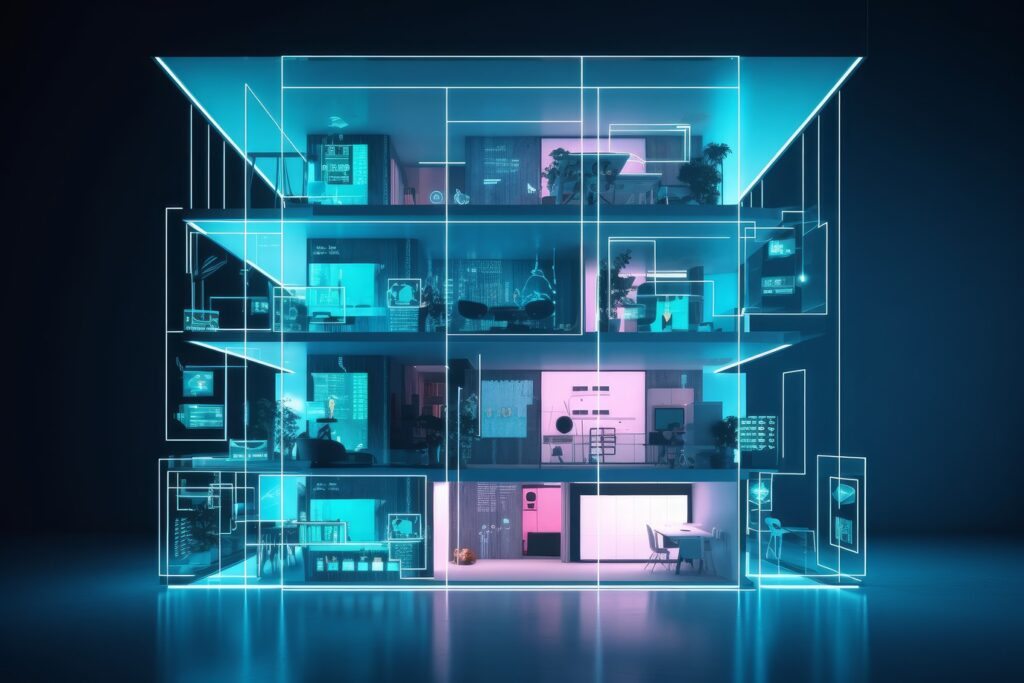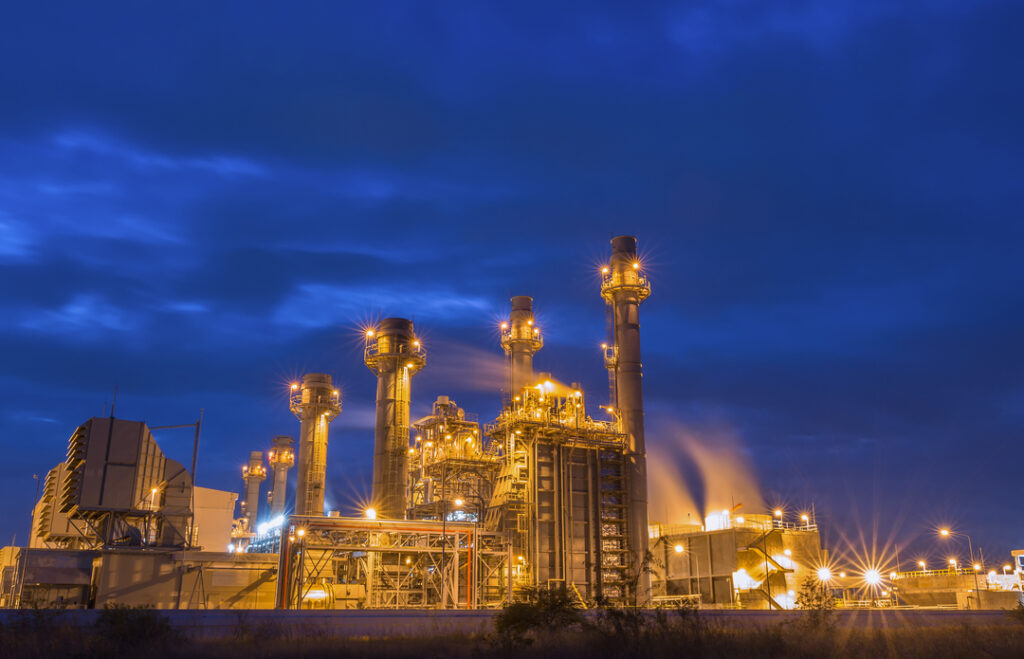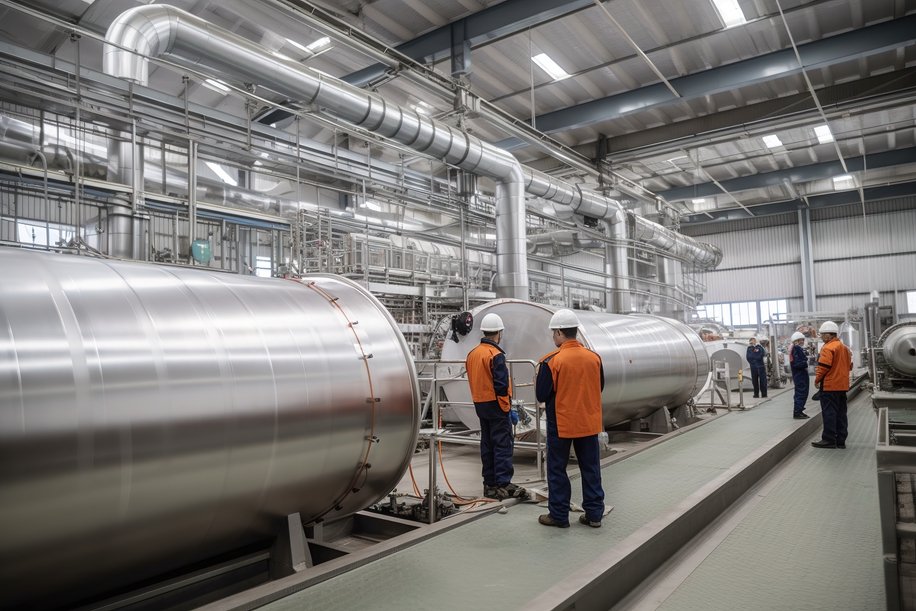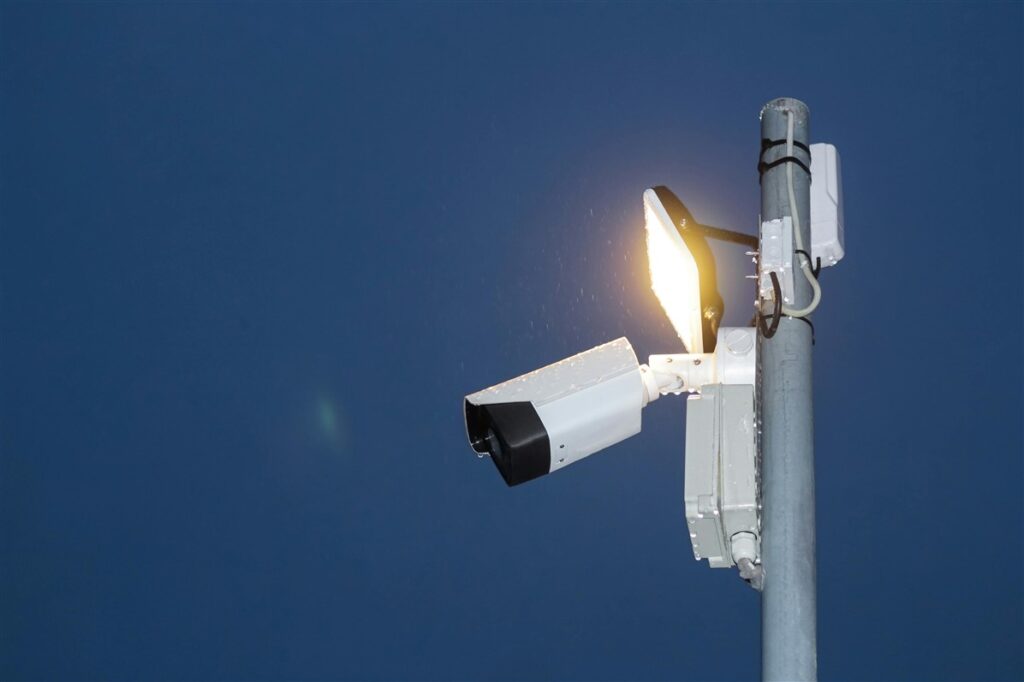Business continuity- are you prepared?
Most manufacturers rely on electricity to power their heating, lighting and ventilation, machinery and equipment. But what happens when machines break down, or the power goes out?
How much would it cost your business if your production lines went down or you were without power for an hour, a day, or a week?
We can’t plan for every eventuality, but having a business continuity strategy helps you deal with challenges more efficiently.
So what can you do within your factory to minimise the risk of electrical equipment failure and restore operations quickly in a worst-case scenario?
Managing electrical faults and machine breakdown
The first step to a good business continuity strategy is doing everything possible to avoid ever needing to implement it.
For machinery and equipment, this means keeping on top of cleaning, servicing and maintenance to keep it running at its best.
Proactive maintenance
Top of your list should be proactive maintenance. Having your electrical installations and equipment tested, inspected and serviced regularly can prevent unexpected breakdowns or failures.
Your contractor will be able to identify early warning signs, deterioration of parts and potential issues before they become large problems. Parts can be repaired or replaced before they fail completely, and regular servicing will keep machines running efficiently (saving you on energy consumption and cost).
You can plan proactive maintenance around your production schedules to minimise downtime.
Reactive maintenance
Even with a proactive maintenance schedule, electrical faults can occur. If your machinery isn’t operating correctly or you spot a fault, don’t ignore it. Early intervention could prevent the issue from getting worse.
The fault might appear to be isolated, but it could have a knock-on effect, putting strain on other installations and causing them to break down or operate less efficiently. A small wiring fault could also lead to a serious issue – an electrical fire, for example.
Make sure you are checking machinery and equipment regularly and acting on any fault reports. Call your electrical contractor if something isn’t right – don’t let it escalate.
Emergency callout
Does your electrical contractor provide an emergency call-out service? If not, what’s your plan if equipment breaks down unexpectedly? Do you want to wait 24 hours or more before an electrician can reach you? Can you afford to lose more than a day of production time?
Unless you have backup equipment, you need provisions to get electrical equipment repaired as quickly as possible. Choose an electrical contractor who can get to you quickly in an emergency.
Improved efficiency
Installing systems to improve machine efficiency can help keep them in optimal condition by running them at their most efficient and not overloading them or putting unnecessary strain on them.
If you’re not managing your voltage, for example, you might experience more failure and downtime. Plus, voltage-led power failure can cause your equipment’s wiring and insulation to become damaged by overheating, meaning systems deteriorate before they are designed to, causing power failure and costs to replace parts. This can be prevented with voltage optimisation.
You can also help prevent damage to equipment by installing variable speed drives (VSDs). VSDs give you greater control over the flow of power, minimising the impact of any fluctuations and power surges.
You should also consider control and automation. The latest control and automation systems improve reliability, minimise downtime, and provide a safer working environment. You’ll have far greater visibility over your machinery and equipment, with faults being identified earlier so they can be rectified sooner.
Minimising downtime during power fluctuations and outages
Having effective maintenance programmes in place can reduce the amount of unplanned downtime but won’t necessarily eliminate the risk completely.
As well as having a strategy in place to minimise the impact of equipment failure, you need to plan for power outages.
Uninterrupted power supply
Any fluctuation or failure in power could result in costly downtime, wasted materials, and loss of production. Even if power is restored quickly, you’ll need time to restart any automated processes, clean assembly lines and remove wastage.
That’s why an uninterrupted power supply (UPS) should be an essential part of any manufacturer’s business continuity plan. It’ll keep you operational until power is restored from the grid and prevent machines from malfunctioning or shutting down.
UPS systems can also be used as power conditioners to manage voltage fluctuations, surges, transients and sags. This enhances the power quality and stability of all your equipment.
An effective UPS system involves far more than just finding the cheapest backup generator and hoping you never have to use it. It’s worth investing in proper UPS design to protect your operations and your equipment.

Energy storage
There are several reasons manufacturers should consider energy storage, not least because it can help cut energy bills.
Your battery storage systems can be used to store the energy you purchase at off-peak times and then switched on to distribute energy when tariffs are at their highest. This reduces the amount of energy wasted – improving your green credentials – and lowers your costs.
Battery storage systems can also be configured to work as an uninterruptible power supply. Although they can only store a limited amount of power, they can provide enough for you to safely shut down critical systems or transition to your backup power supply.
Create your own energy
Many companies invest in solar panels to reduce energy costs and lower their carbon footprint. And the roof of a factory or warehouse is often ideal for solar panel installations.
Generating your own power doesn’t just reduce energy costs, it’s great for your business continuity strategy too, as you aren’t reliant on the grid.
Solar technology has become far less expensive in recent years and can often deliver a quick return on investment. Plus, solar panels require very little maintenance, so they are extremely cost-effective once installed.
If you have the land available, wind power could be an option. Alternatively, a wind-solar hybrid system can help you make the most of the weather all year round.
Working with AES
At AES, we specialise in electrical contracting services for manufacturers. If you haven’t got a strategy in place for managing your electrical installations, we can help.
Not only do we offer proactive and reactive maintenance and emergency callout, but we also offer a range of specialist services for manufacturers to help reduce downtime.
These include energy storage, voltage optimisation, variable speed drives, and control and automation systems.
AES personnel are also CompEx accredited to work in ATEX areas.
If you’d like to learn more about how AES can keep your factory running efficiently, get in touch with our expert team.

Our guide to building energy management systems
Building energy management systems (BEMS) are systems that allow you to monitor, control, and optimise the energy used within your building. The phrase building energy management system (BEMS) is often used interchangeably with the phrase building management system (BMS), but there are some differences. A BEMS is focused on energy-related systems such as lighting, heating, […]
Read more
How far does power travel and what impact does distance have on performance
It’s easy to take our electricity supply for granted. We flick a switch and instantly have light or power. We don’t even think about it unless there’s an issue or an outage. But when there is an issue or outage, the impact can be significant. For manufacturers, even the smallest change in power can make […]
Read more
Why visibility of the production process is so important
Operational excellence, efficiency and quality are top priorities for almost every manufacturer worldwide. These things lead to improved productivity, happier customers and reduced waste – all of which result in increased profits. Visibility of the production process is the key to achieving these things. And manufacturers now have access to technology that can provide real-time […]
Read more
Will security lighting help to protect my staff?
Looking after the safety and well-being of employees should be a priority for any business. And while it’s not possible to mitigate every risk, there are measures you can take to improve their safety and security. One measure that is often overlooked is the installation of security lighting. When daylight disappears, visibility is reduced, increasing […]
Read more
Top 5 considerations when comparing electrical quotes
Budget is always a factor when you’re considering any type of upgrade, revamp, or maintenance work within your factory. But when it comes to electrical work, you have to consider more than just money. Don’t rush into accepting the cheapest electrical quotes without knowing exactly what you’re getting. Electrical work is not an area where […]
Read more
What is the role of companies in reducing our carbon footprint?
We should all be taking responsibility for protecting our planet and a big part of that is reducing our carbon footprint. But while it falls to all of us to do our bit, there is additional pressure on manufacturers, especially those with high carbon emissions. As an absolute minimum, these companies should ensure compliance with […]
Read more


